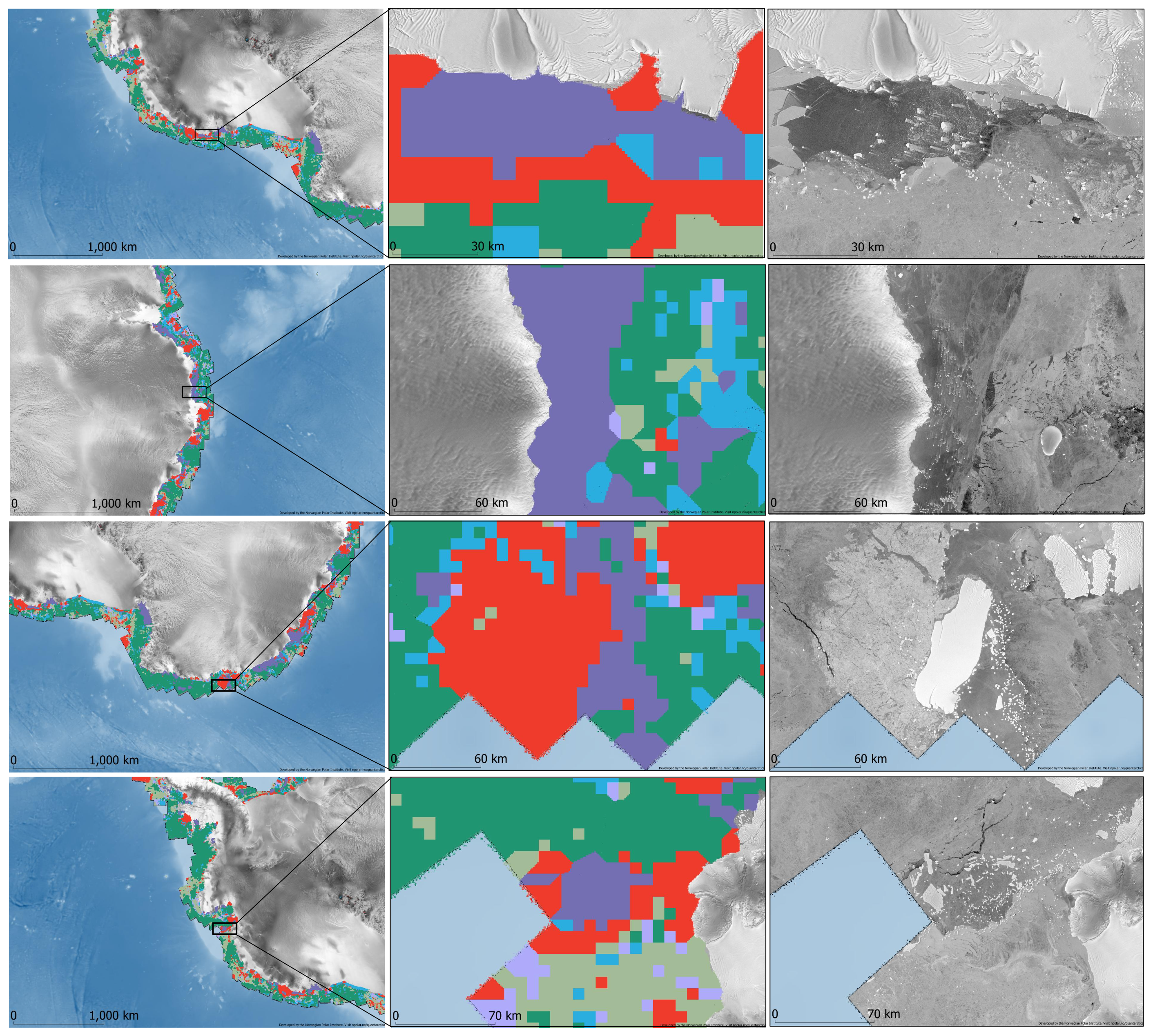Self-Supervised Learning on the Coasts of Antarctica: A Fun Project
Published:
In the world of mining exploration and geological analysis, vast amounts of data often arrive devoid of labels, posing a challenge for conventional supervised learning methods. However, within this challenge lies an exciting opportunity - the utilization of unsupervised learning techniques to unveil hidden insights nestled within geological datasets. Among these methods, self-supervised learning emerges as a potent tool, reshaping how we extract valuable information and pinpoint potential mining sites.
The Predicament of Unlabeled Geological Data
Geological data, encompassing everything from seismic surveys to geochemical assays, frequently lacks explicit labels. This absence makes traditional supervised learning methods impractical, as they rely heavily on annotated data for model training. Consequently, unsupervised learning techniques have become indispensable in mining projects, offering a pathway to valuable insights from raw, unstructured data.
Unveiling Meaningful Features
Self-supervised learning stands out as a cutting-edge approach garnering considerable attention across various industries, including mining. Unlike traditional supervised learning, which demands labeled datasets, self-supervised learning taps into the inherent structure within data to automatically generate labels. By leveraging the intrinsic relationships and patterns present in geological datasets, self-supervised learning algorithms autonomously uncover hidden structures, paving the way for deeper insights.
One significant advantage of self-supervised learning in mining projects lies in its capacity to extract meaningful features from raw geological data. By training models using self-supervised learning, crucial geological attributes such as mineral composition, rock types, and structural formations can be unraveled with unparalleled accuracy. These models can then be deployed to extract features from different geological regions, laying the groundwork for downstream tasks.
In this fun project, we employed self-supervised learning to train a model on the data of the coasts of Antarctica. Our objective was to identify regions along the Antarctic coasts with similar geological characteristics. The model training focused solely on the coastal areas, delineated by a purple mask in the figure below. Overlapping tiles extracted from the masked area were utilized to train the supervised learning model.

Clustering for Region Identification
Subsequently, downstream tasks such as clustering techniques can be applied to the extracted features to identify regions sharing similar geological features. Through clustering, the expansive geological dataset can be partitioned into distinct clusters based on similarities in their underlying characteristics. This segmentation enables us to discern geological anomalies, potential mineral deposits, and favorable mining zones across vast terrains.
Upon training the model on the coasts of Antarctica, features were extracted for each tile and passed to a clustering algorithm. The clustering process assigned each tile to a cluster, with different colors representing distinct clusters. These clusters were then projected back onto the map, revealing regions with similar geological characteristics, as shown in the figure below.

Insights from Cluster Analysis
By scrutinizing the resulting clusters, mining experts can gain invaluable insights into the spatial distribution and similarity of different geological regions. Furthermore, the features produced by self-supervised learning algorithms can empower researchers to identify regions analogous to those with known mineral-rich deposits. This analysis not only can facilitate targeted exploration efforts but also enhances the probability of discovering untapped mineral resources in geologically similar terrains.
Further analysis of the identified clusters allowed us to correlate them with geological features. For instance, examining regions identified with clusters defined by the color purple revealed small white pieces, likely broken glaciers, indicating meaningful geological features.

In conclusion, the advent of self-supervised learning marks a paradigm shift in the field of mining exploration and geological analysis. By transcending the limitations of labeled data and harnessing the latent potential of unsupervised learning techniques, self-supervised algorithms unlock a treasure trove of insights buried within unlabeled geological datasets. From feature extraction to region identification, the application of self-supervised learning promises to revolutionize the way we uncover and exploit Earth’s hidden mineral wealth, shaping the future of the mining industry. We applied self-supervised learning to the coasts of Antarctica and saw how the clusters of features represented different geological features.
